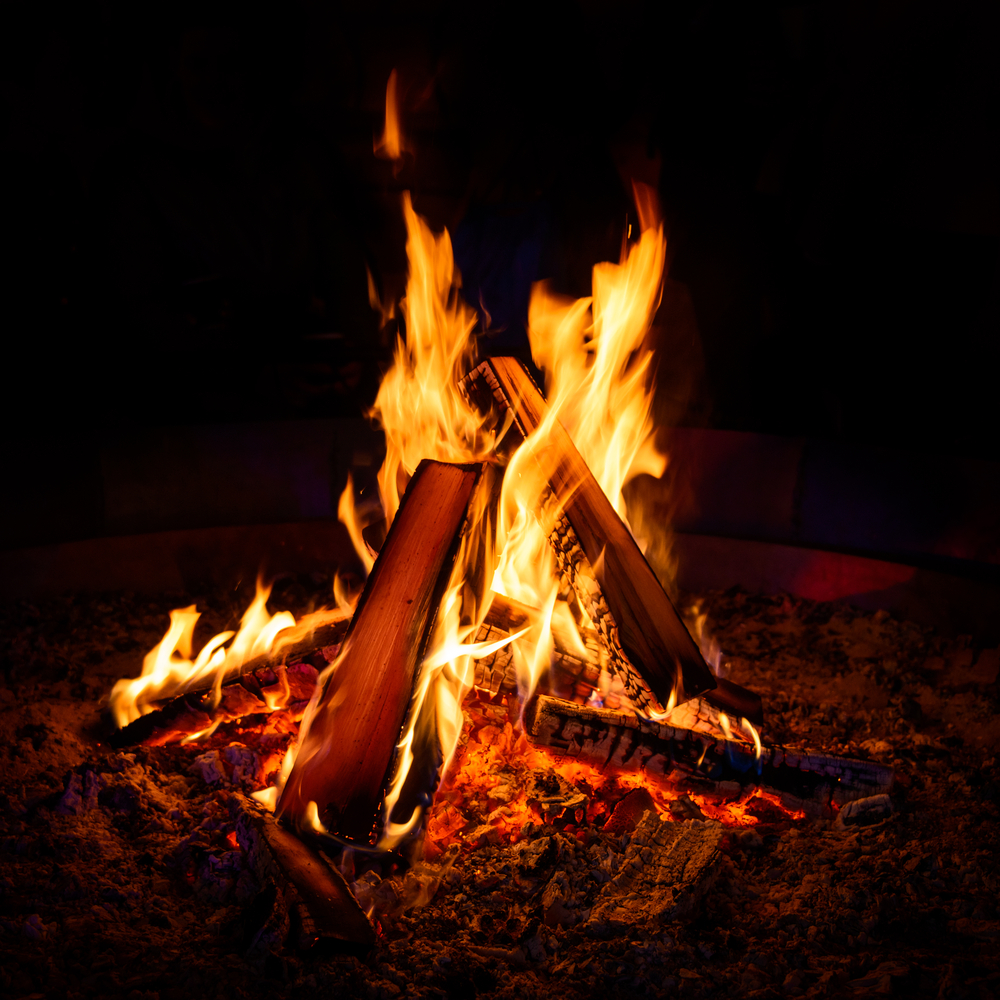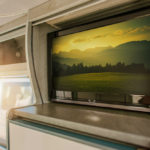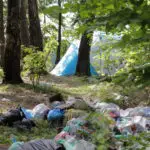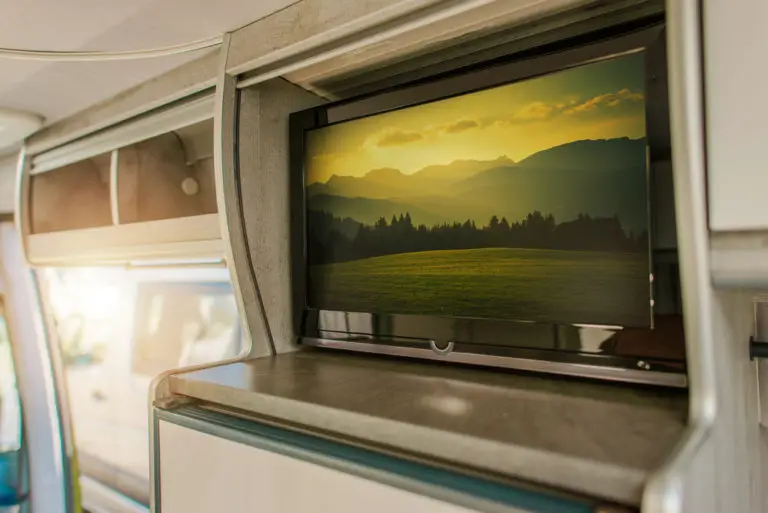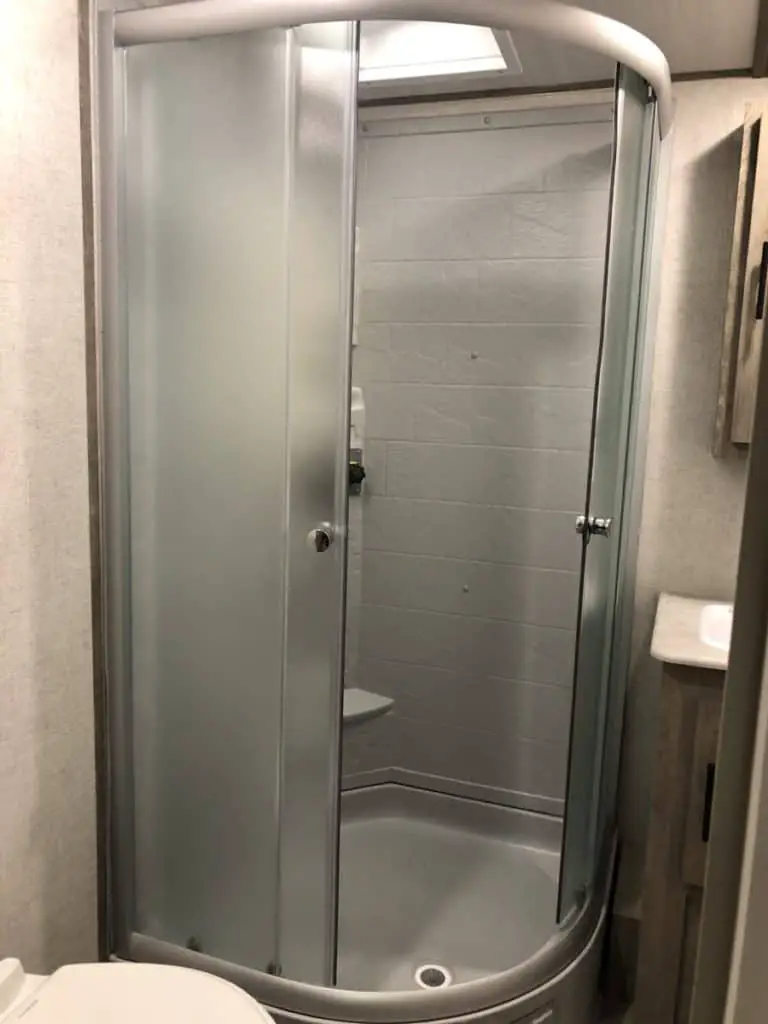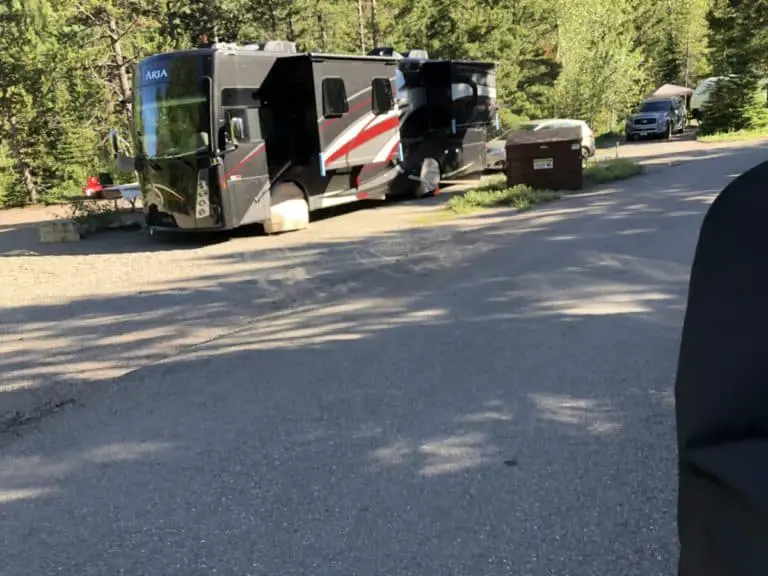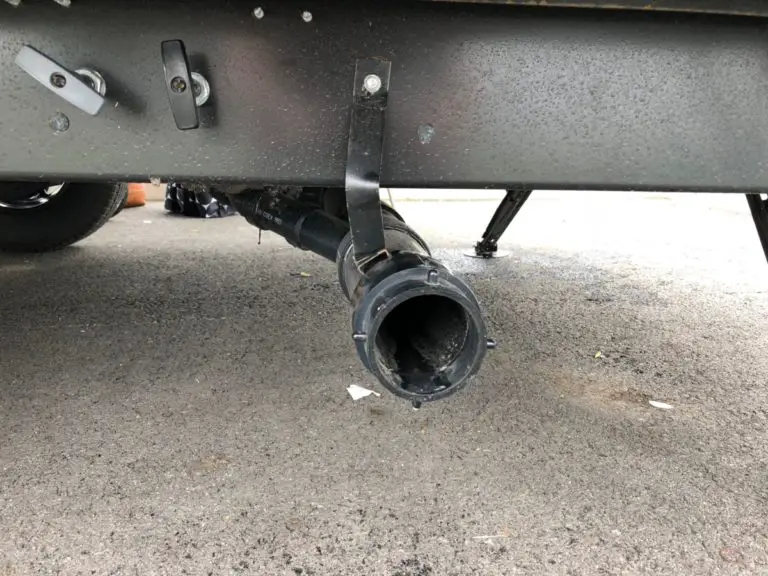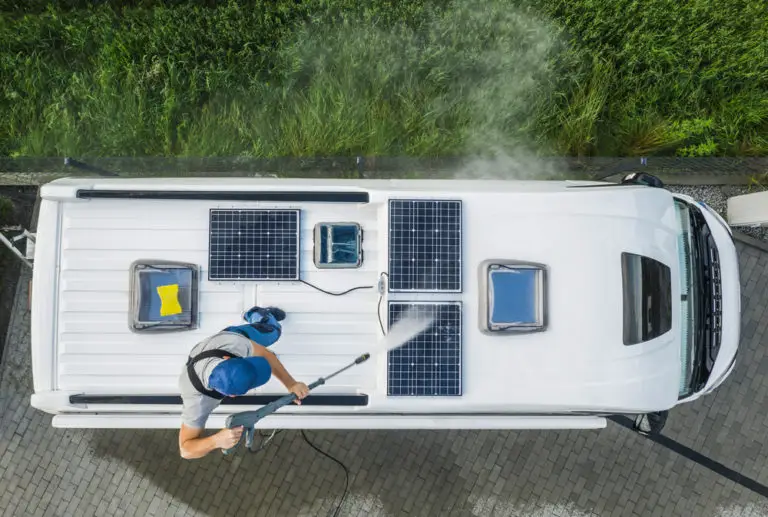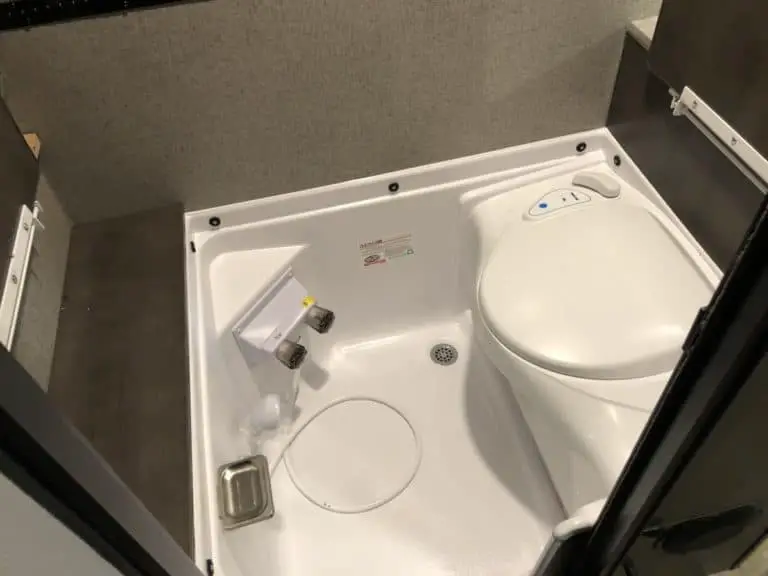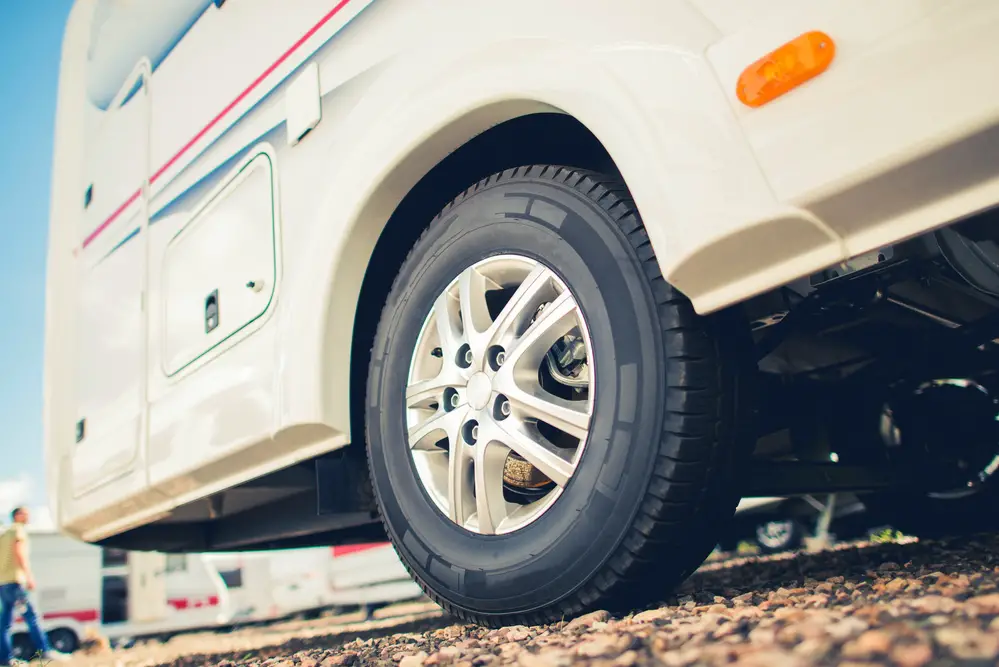What To Use For Firewood When Boondocking
Boondocking (also known as dispersed or primitive camping) forces a person to learn to survive with very little. Only the essentials are required for boondocking adventures, and part of the experience is building and maintaining fires for cooking, boiling water, and heating, but what can be used for firewood when boondocking?
The best boondocking firewood is dead and dry wood or wood that contains enough resin or sap to burn even when not completely dry. Always be prepared with your own firewood when boondocking, as you may be unable to collect any usable firewood at your destination.
Dispersed camping is one of life’s great joys. Having a campfire while boondocking is an essential part of the adventure, but it can be a challenge without a source of readily available firewood. Let’s look at the best types of firewood to use when boondocking, as well as some alternatives if firewood is scarce.
What Makes Good Boondocking Firewood?
When dispersed camping, being aware of what makes good firewood is essential. Having a good source of firewood can mean the difference between an enjoyable and exciting adventure and a miserable excursion.
Let’s look at a few examples of what to look out for regarding firewood and what makes the best firewood to use when boondocking.
The Deader And Dryer The Better
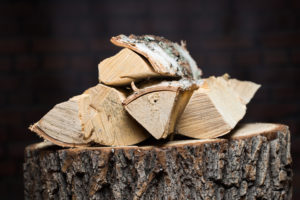
The best firewood to use is always dead and dry. Wood from a tree that is freshly fallen or freshly cut will not make good firewood and produce more smoke than flames.
Always look for wood that is completely dried out or as dried out as possible. This typically takes the form of dead trees or branches on the ground that have been exposed to direct sunlight for a very long time.
Fallen trees and branches are not always the best source of firewood, as they are often damp from the ground or from dew or rainfall. Dead trees that are still standing upright are often the best source of dry, dead firewood that is ideal for burning.
Use Appropriately Sized Firewood
When boondocking, it is often tempting to grab a very large dry log for firewood or to attempt to burn a large tree stump, as many make the mistake of thinking that larger pieces of firewood are better for burning.
The truth is, potential firewood that is too large will not burn well. It is exceedingly difficult to get very large pieces of wood such as large logs or stumps to catch on fire and burn well. These large pieces will burn for a very long time, but they do not produce large flames and typically smolder rather than burn.
For this reason, it is always best to use appropriately sized firewood. Use branches and small logs that you can easily carry with one hand. The firewood of this size is very easy to light, and it will burn long enough to use for cooking and other firewood functions.
Be careful not to use wood that is too small either, as it will burn up very quickly and be very unuseful.
If all you have available are very large pieces of firewood, be sure to carry with you a saw or an axe of some kind to reduce the size of larger pieces of firewood for more manageable and usable fires. This is our favorite wood-splitting axe if you don’t already have one.
If Possible, Only Use Wood
Many beginner dispersed campers will attempt to use non-wood items such as leaves to use as kindling for starting a fire.
This is not ideal. Leaves and other such materials will do little more than create a lot of smoke and are not good for building a fire.
Always use wood for building a fire, and use twigs, sticks, and dry moss for kindling rather than items such as leaves.
What If There Is No Firewood Available?

A situation that boondockers often face is the lack of firewood, either from lack of availability, being too wet, or running out of firewood in a very desolate area.
If there is no firewood to use in the area or very few sources of good firewood, there are always some alternatives that can be used to build and maintain a small fire that can be used for cooking or heating.
Natural alternatives to wood such as pinecones are the best options if there is no firewood readily available.
If there is no dead and dry firewood readily available, it is time to use more fresh wood. This is a real challenge, and only some types of wood will burn without being dead and dry.
Look for trees that are rich in resin or sap. This includes trees such as pine trees. The wood from these trees will burn readily, even if it is freshly cut rather than old and dry. The resin in the wood is flammable and allows the wood to burn.
Another option would be to purchase firewood, most campgrounds will have it available. If your campground doesn’t have wood for sale, chances are on the way in you possibly drove by someone selling some firewood.
As a last resort, there are some common dispersed camping items that can be used to start a fire if necessary. A good example of this is used coffee grounds that have been completely dried out. After all, very dry coffee grounds are essentially wood pulp and will burn if sufficiently dry.
Always Plan Ahead
The best firewood to use when boondocking is firewood that you have prepared along the way. It is essential to never be caught without firewood when dispersed camping, especially if you are traveling through very remote areas.
Being prepared to build and sustain fires when boondocking is a vital skill. To be better prepared, know the region that you will be boondocking in. Very arid regions such as deserts are unlikely to have any usable firewood to collect, which means it is essential to bring your own.
Forested areas have good sources of firewood, but if there has been rain recently, none of the available firewood will be usable, as it will be too wet to burn.
Some forested areas (like many national forests) prohibit the collection of firewood from the forest, making it illegal to collect firewood from the environment around you.
All of these are examples of why it is best to know where you are going, what the climate is like, and be prepared with your own firewood to bring along rather than relying on collecting firewood at your dispersed campsite locations.
If you are unable to find firewood in the outdoors before leaving for camping, most grocery stores, convenience stores, and gas stations sell bundles of firewood.
Propane Fire Pits
We also recommend researching the area you plan to camp to see if there is any fire restrictions. During our last season of camping, we were unable to have any type of campfire because the state had restricted fires due to the dry air and frequent forest fires. In that case we used an alternative, a propane fire pit. This allowed us to have a fire even though there was a burn ban. Here is the model we used.
Conclusion
When boondocking, having enough firewood to sustain a fire for cooking, boiling water, or heating is essential.
It is not always possible to collect firewood from your environment, so always be prepared to take your own firewood along with you.
If you can collect firewood while boondocking, always look for very dry dead wood for burning, or alternatively look for wood that contains a lot of sap or resin that will burn even when not completely dry. Happy camping!
Be the first to be notified about FREE tips, hints, coupon codes, and email-exclusive information. All for FREE!

